By Francine Barone
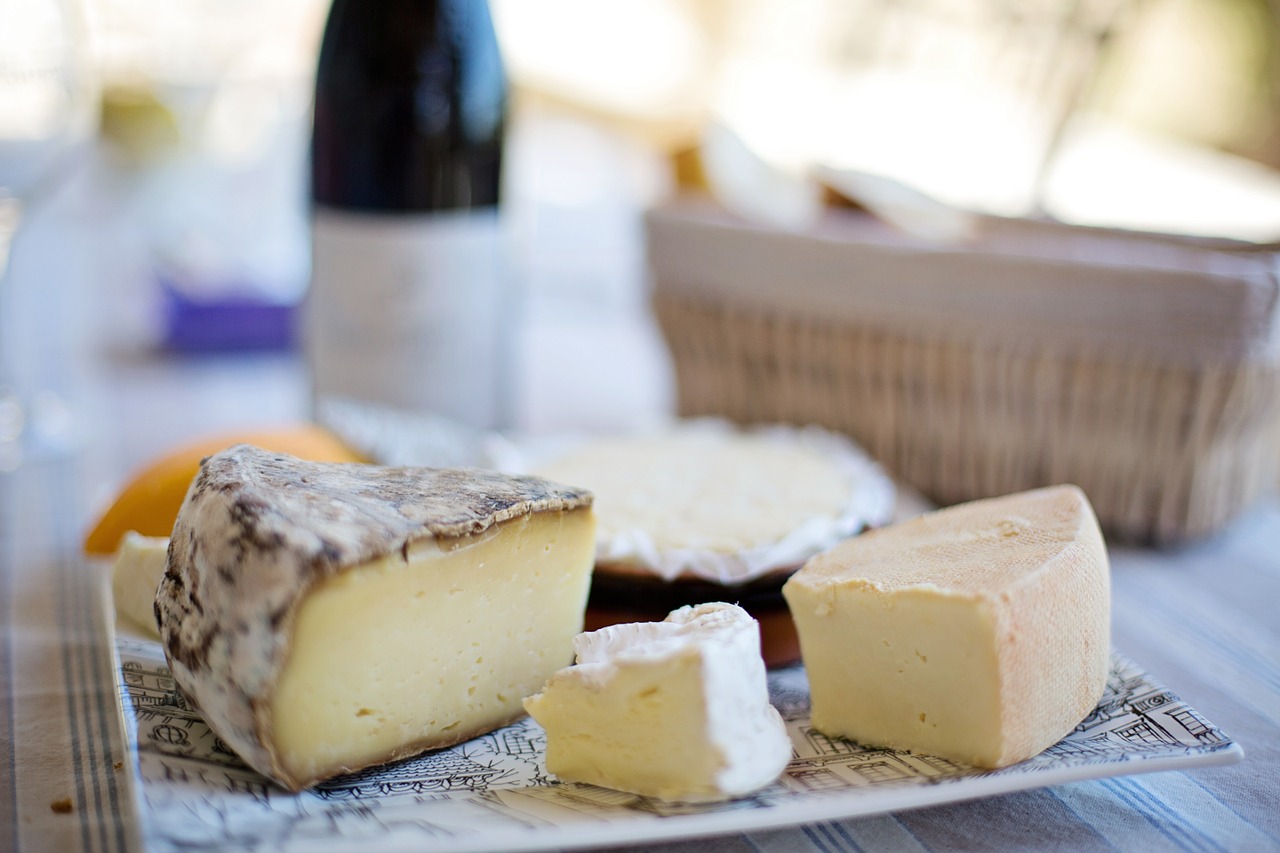 There are few signifiers of culture more potent and recognizable than food. Nourishment and cultural identity share a deep-seated connection. Food, and especially our preferences for preparing, cooking and eating it, are about far more than simple survival. As Levi-Strauss suggests, “culture” is the process via which raw food becomes cooked. The opposition between raw and cooked is homologous to that between nature and culture (Levi-Strauss 1946; 1966). Just as certain animals are set apart from society not because they are “good to eat” but because they are “good to think [with]” (Levi-Strauss 1969: 89), so can other foods become imbued with symbolic meaning that can embody the very essence of cultural identity. Foods not only provide nutrition and sustenance, they can hold a special place within society, valued for economic, political and/or religious reasons.
There are few signifiers of culture more potent and recognizable than food. Nourishment and cultural identity share a deep-seated connection. Food, and especially our preferences for preparing, cooking and eating it, are about far more than simple survival. As Levi-Strauss suggests, “culture” is the process via which raw food becomes cooked. The opposition between raw and cooked is homologous to that between nature and culture (Levi-Strauss 1946; 1966). Just as certain animals are set apart from society not because they are “good to eat” but because they are “good to think [with]” (Levi-Strauss 1969: 89), so can other foods become imbued with symbolic meaning that can embody the very essence of cultural identity. Foods not only provide nutrition and sustenance, they can hold a special place within society, valued for economic, political and/or religious reasons.
This article will take an anthropological look at one particular foodstuff – cheese – to see how this humble snack may be anything but.
Dairy in human history
Cheese can take on almost human characteristics: young or aged, stinky or fresh, sharp or mild. It comes in dozens of shapes and sizes from giant, smooth wheels to small, crumbly wedges. The variety of shapes and colors reflect various methods of producing and aging. Soft cheeses take less time to prepare and spoil faster, while some hard cheeses can age for years and remain safe to eat for longer. There are thousands of varieties from across the world, originally found wherever milking animals had been domesticated and dairying industries developed.
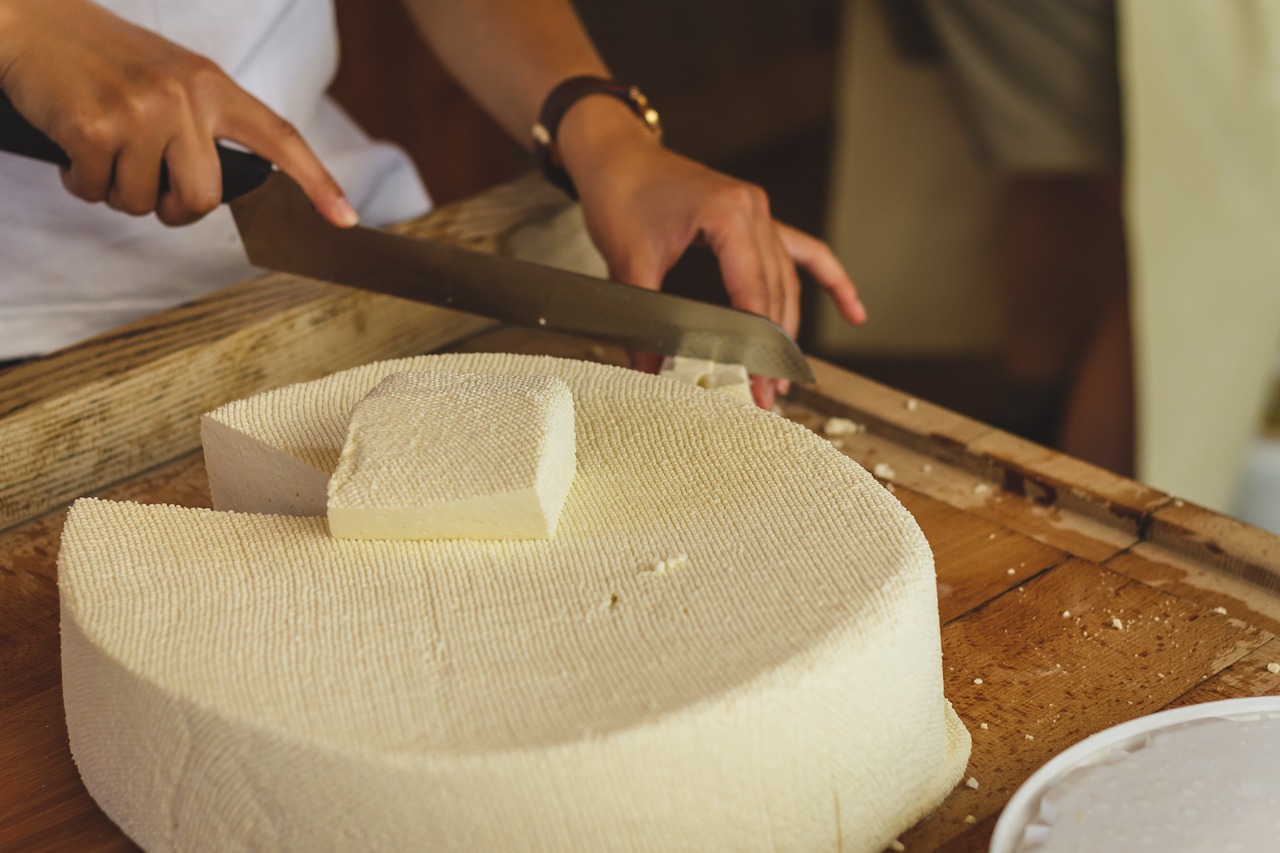
Archaeologists have recently discovered the earliest evidence of cheese production in the Mediterranean based on carbon dating of fatty acids in pottery residues from the Dalmation coast of Croatia, putting the presence of milk back as far as 7700 BP (McClure, et al 2018). Additional evidence found in eHRAF Archaeology confirms the presence of cheese as early as the Neolithic period in several pastoralist traditions, including in Egypt (McArdle 1982), Mesopotamia (Adams 1981) and Siberia (Rice 1957, Rudenko 1970). Naturally, we find a connection between cheese production and the domestication of milk-producing animals:
the economic importance of domesticated sheep and goats grew by leaps and bounds during the Neolithic. One possible reason for this surge in popularity may be milk production. Churning milk transforms it into butter, the application of heat produces clarified butter or ghee, and bacterial cultures can be used to turn the milk into yogurt or cheese. The bacteria, incidentally, remove most of the lactose from the milk, so that properly aged cheese can be eaten even by lactose-intolerant people (Banning 1998: 212).
As it happens, approximately 65% of the world’s population are lactose intolerant or have a reduced ability to digest lactose after infancy. Even though the dairy industry has some of its longest history in Europe, countries such as Greece and Italy also have some of the highest rates of lactose intolerance in the world. Yet these Mediterranean countries are also home to many wonderful cheeses that are enjoyed around the world. Could there be an evolutionary benefit to cheese production and consumption?
For early farmers, cheese-making may have enabled humans to overcome lactose intolerance through the process of fermentation. Cheese in its fermented or aged state preserves the life of dairy products. In other words, it lasts longer than milk without spoiling, making it easier to eat and transport. It is also dense in fat, protein, and calories: a dependable food source for surviving between harvests or during food scarcity (McClure, et al 2018: 7). According to McClure (ibid: 8), this portable, nutritious and low-lactose dairy product reduced infant mortality rates among Europe’s early farmers as well as enabled their demographic expansion; in the case of the Croatian example, from the Mediterranean into northern Europe.
Cheese, Place & Culture
It is not surprising, given the incredibly long human history of fermented dairy products, that there is a great deal of cultural meaning behind cheese and cheese-making among those who eat and produce it. Cheese is a well-known cultural export, with many countries and regions in the dairy-producing world renowned for their famous varieties. Nowhere is the social dynamics of food more evident than in the politics of “Protected designation of origin” or PDO (Dias & Mendes 2018). Cheese is not just from somewhere, it can often be deeply entwined with local culture. We can recognize it as tied to specific places, such as English Cheddar, Dutch Gouda, Swiss Gruyere, Spanish Manchego, French Camembert, Italian Parmigiano, Indian Paneer, Mongolian Byaslag, and so on.
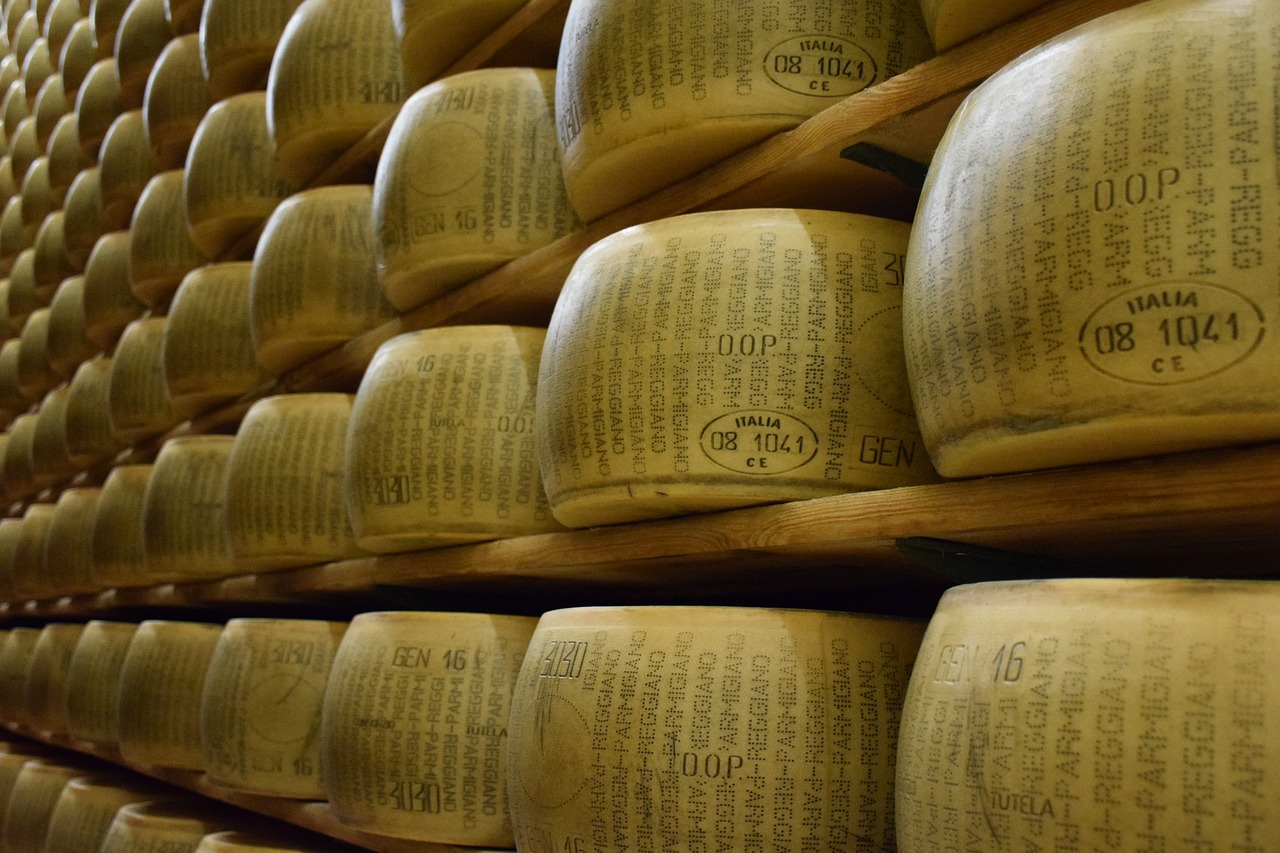
Even in today’s global economy, the more closely a food can be tied to a specific, “genuine” locale, the stronger our perception of its authenticity and trust in its quality. As Muchnik, et al (2005: 1) explain:
The demand for identity reflects the upheaval of established identity references in a world that has been subjected to rapid changes. Thus, food acquires an essential role in each individual’s search for personal identity, in the ‘individuation’ of people and societies. Traditional breads, farmhouse cheeses, local wines in France, Spain or Italy, village-made couscous in Algeria or Morocco, attiéké in Côte d’Ivoire or Pampas meat in Argentina are just a few examples. These acquire a new dimension and confirm that in France, “wine is not just wine” (Braudel, 1979) and that a version of this statement can be applied to all the different dietary cultures.
Indeed, cheese artisans find themselves fighting against globalization and homogenization of their production processes to meet “modern” standards while wishing to maintain their traditional quality. These politics of cheese and identity – with related struggles to preserve and protect authenticity – can be found across the world, from villages from the Alps (Grasseni 2011) to Brazil (Muchnik et al 2005):
Food – cheese in this case – is ethnographically interesting because of its pivotal capacity of drawing many crucial aspects of life together, including the senses, memory, tradition, everyday practice and habits, professional skill, the relationship with power and bureaucracy, and the market as a driving force of globalised communities (Grasseni 2011).
Ethnographies of Cheese
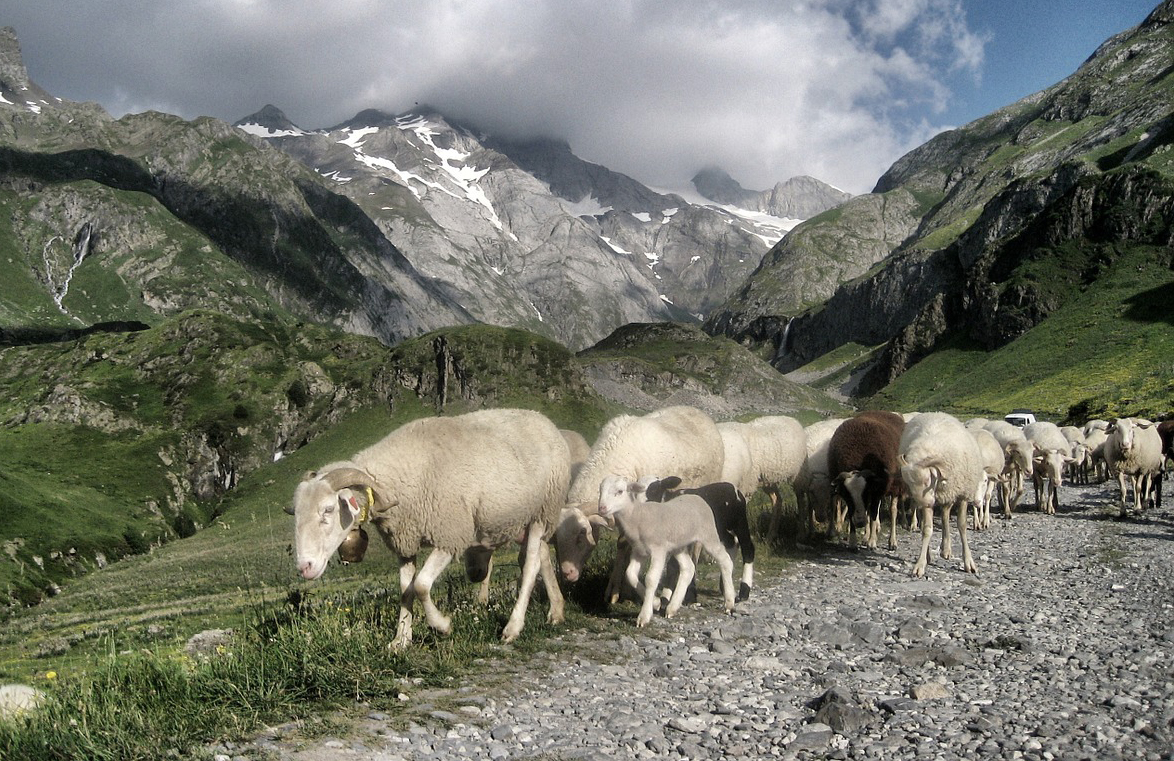
Sandra Ott’s fascinating ethnography of Basque shepherds (Ott 1981) reveals much about the central role cheese can have in everyday life. In the remote French Basque Pyrenean village of Sainte-Engrâce, the cheeses that local syndicates of shepherds produce from their mountain huts takes so much care and attention that the resulting product is treated both metaphorically and ritually as their “children”. The formation of both babies and mountain cheeses alike are seen as analogous processes in the local worldview: “men’s generative creativity in procreation as in cheesemaking is believed to convey not only form but also identity. Basque cheeses, no less than children, have paternity and come from patrilineages (Paxson 2013: 52)”.
Cheese and cheese-making are central to all aspects of life in the community where “mountain cheese” is a most prized commodity. More than just a food that is “good to eat”, the many intrinsic qualities of the cheese and its production are a subject of much competition. When served cheese at another shepherd’s home, men will engage in lively critical debates evaluating all aspects of the offering, from its shape and texture to its flavor. A successful cheese reflects the skill of its maker, which, in turn, is believed to reflect upon his strength and virility as a man. A man’s social status therefore depends largely upon the quality of his mountain cheese, painstakingly nurtured to fruition and the product of great personal pride, much like a beloved child:
A shepherd and his wife are extremely proud of his mountain cheeses. Unlike his house cheeses, to which the attention of visitors is never drawn, his mountain cheese is an object to be displayed and unabashedly admired by its maker. Mountain cheeses generate as much competition among the shepherds as do new-born infants among the women of this society. Even within the privacy of his household, a man rarely admits that another’s cheese is better and more beautiful than his own. In much the same way, mothers and grandmothers are reluctant to compare their infant unfavourably to the offspring of another woman in the community (Ott 1981: 179).
So important and valuable is the Basque mountain cheese that its worth is tied in many ways to the identity and integrity of its maker and their family. Cheese in this instance is imbued with power, taking on a unique role and political function as a form of social currency.
For example, on one occasion in 1976, Ott recounts that a shepherd ignored convention and attempted to serve house cheese (of lesser value) to his workers in place of mountain cheese. They snubbed his attempt: “the men merely sat with their elbows on the table, opening and closing the pocket knives with which they pare the rind. Finally one man queried in a loud, mocking voice. Do the shepherds of this olha milk their ewes into the ground, or do they make mountain cheese?” (Ott 1981: 180). The host reluctantly gave in and brought out the mountain cheese, which was uncharacteristically then eaten in its entirety by the shepherds during their stay “in order the punish the stinginess of their host” (ibid.).
This small contest shows the powerful symbolic value that cheese can hold for a society where cooperation among shepherds is especially important during the harvest season.
On a Roll
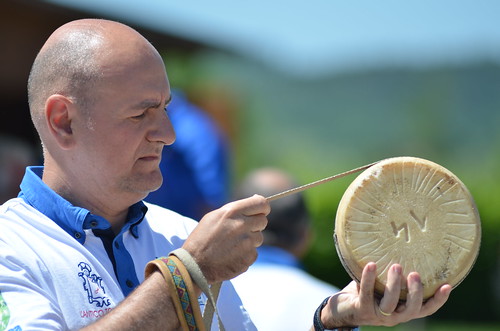
Photo by stezano 
Cheese plays a similar symbolic role as a social currency in some regions of Italy. The tiro al cacio is a cheese-tossing or cheese-rolling competition that often takes place at Italian festivals, notably Pasquetta or Easter Monday (Calta 2007). It is also tradition that followed Italian immigrant cultures to the New World, as described in eHRAF’s Itailan-Americans culture collection.
First, in New York City one finds the ancient “game” of il formaggio:
As large open spaces are required to play it, exhibitions are rare and take place only at picnics outside the city or in private parks. This game calls for unusual strength as well as skill, because the players must wield an 11 or 12 pound hard cheese with one hand. The player who hits the given objective with the least number of throws is the winner and gets the cheese. In some parts of Italy it is played with a stone. What enlivens the proceedings is the excited betting of the spectators (Federal Writers Project 1969: 210).
And again in Clinton, Indiana:
In the typical tiro al cacio, contestants toss or roll real cheeses at a mark or goal. The contestant whose cheese comes the closest wins all the other contestants’ cheeses. In the traditional Italian context, cheese is real food with important symbolic links to the regional economy and the socioeconomic structure of the community: the tiro ostensibly gives poorer people a chance to win large amounts of the region’s primary economic commodity in a classic example of the principle of festive redistribution […] Apparently in the early days, Clinton’s Italians also used real cheeses for this event, which was then associated with the Columbus Day celebration; but as time passed, the feeling grew that it was wasteful and impractical to use actual cheeses, and wooden rounds replaced them (Magliocco and Del Guidice 1993: 120).
Today, cheese may be a taken-for-granted snack in many societies. However, as this post has shown, the humbled dairy product has been an important key to human evolution and survival. For many, it is a prized piece of national and local heritage, nurtured and beloved as one’s own child. Because of its symbolic value, it can be wielded as a political tool or economic commodity, used to contest or to level social and economic inequalities. At other times, it can represent hard work, creativity, masculinity or any other number of markers of cultural identity. Finally, it can find itself playfully at the forefront of parties and festivities. Sometimes it is all of these things combined, making it a food that is both good to eat and good to think with.
Want to find out more about cheese in eHRAF? Try searching with OCM 234 – Dairying!
References
Adams, R. McCormick. 1981. “Heartland Of Cities: Surveys Of Ancient Settlement And Land Use On The Central Floodplain Of The Euphrates.” Chicago: University of Chicago Press. https://ehrafarchaeology.yale.edu/document?id=mh64-001.
Banning, E. B. 1998. “Neolithic Period: Triumphs Of Architecture, Agriculture, And Art.” Near Eastern Archaeology 61 (4): 188–237. https://ehrafarchaeology.yale.edu/document?id=m084-001.
Calta, M. 2007. Roll That Cheese! It’s Little Easter in Italy. New York Times. Retrieved from https://www.nytimes.com/2007/04/08/travel/08heads.html
Grasseni, C. 2011. Re-inventing food: Alpine cheese in the age of global heritage, Anthropology of food [Online], 8 | 2011. Accessed on 17 July 2019 at: http://journals.openedition.org/aof/6819
Dias, C., & Mendes, L. 2018. Protected Designation of Origin (PDO), Protected Geographical Indication (PGI) and Traditional Speciality Guaranteed (TSG): A bibiliometric analysis. Food Research International, 103, 492–508. https://doi.org/10.1016/j.foodres.2017.09.059
Federal Writers Project (New York, New York). 1969. “Italians Of New York.” New York, New York: Arno Press ; The New York Times. https://ehrafworldcultures.yale.edu/document?id=n010-038.
Muchnik, J., E. Biénabe and C. Cerdan. 2005. Food identity/food quality: insights from the “coalho” cheese in the Northeast of Brazil, Anthropology of food [Online], 4 | May 2005, Accessed on 17 July 2019 at: http://journals.openedition.org/aof/110
Lévi-Strauss, C. 1964. Le cru et le cuit. Paris: Plon.
Lévi-Strauss, C. 1966. The Culinary triangle. Partisan Review, 33, 4, 586-595.
Lévi-Strauss, C., Needham, R., & Poole, R. C. 1969. Totemism. Harmondsworth: Penguin books.
Magliocco, S. and L. Del Guidice. 1993. “Playing With Food: The Negotiation Of Identity In The Ethnic Display Event By Italian Americans In Clinton, Indiana.” Studies In Italian American Folklore. Logan, Utah: Utah State University. https://ehrafworldcultures.yale.edu/document?id=n010-071
McArdle, J. 1982. “Preliminary Report On The Predynastic Fauna Of The Hierakonpolis Project.” Predynastic Of Hierakonpolis: An Interim Report, Michael Allen Hoffman With By Barbara Adams … [Et Al. Giza, Egypt: Cairo University Herbarium, Faculty of Science ; Dept. of Sociology and Anthropology, Western Illinois University. https://ehrafarchaeology.yale.edu/document?id=mr55-020.
McClure, S. B., Magill, C., Podrug, E., Moore, A. M. T., Harper, T. K., Culleton, B. J., … Freeman, K. H. (2018). Fatty acid specific δ13C values reveal earliest Mediterranean cheese production 7,200 years ago. PLOS ONE, 13(9), e0202807. https://doi.org/10.1371/journal.pone.0202807
Ott, Sandra. 1981. “Circle Of Mountains: A Basque Shepherding Community.” Oxford: Clarendon Press. https://ehrafworldcultures.yale.edu/document?id=ex08-003.
Paxson, H. 2013. The Life of Cheese: Crafting Food and Value in America. University of California Press. Retrieved from http://www.jstor.org/stable/10.1525/j.ctt1ppx07
Rice, Tamara Talbot. 1957. “Sycthians.” Ancient People And Places. New York: F. A. Praeger. https://ehrafarchaeology.yale.edu/document?id=ma51-001
Rudenko, S. I., and M. W. Thompson. 1970. “Frozen Tombs Of Siberia: The Pazyryk Burials Of Iron Age Horsemen.” Berkeley: University of California Press. https://ehrafarchaeology.yale.edu/document?id=rl60-002.